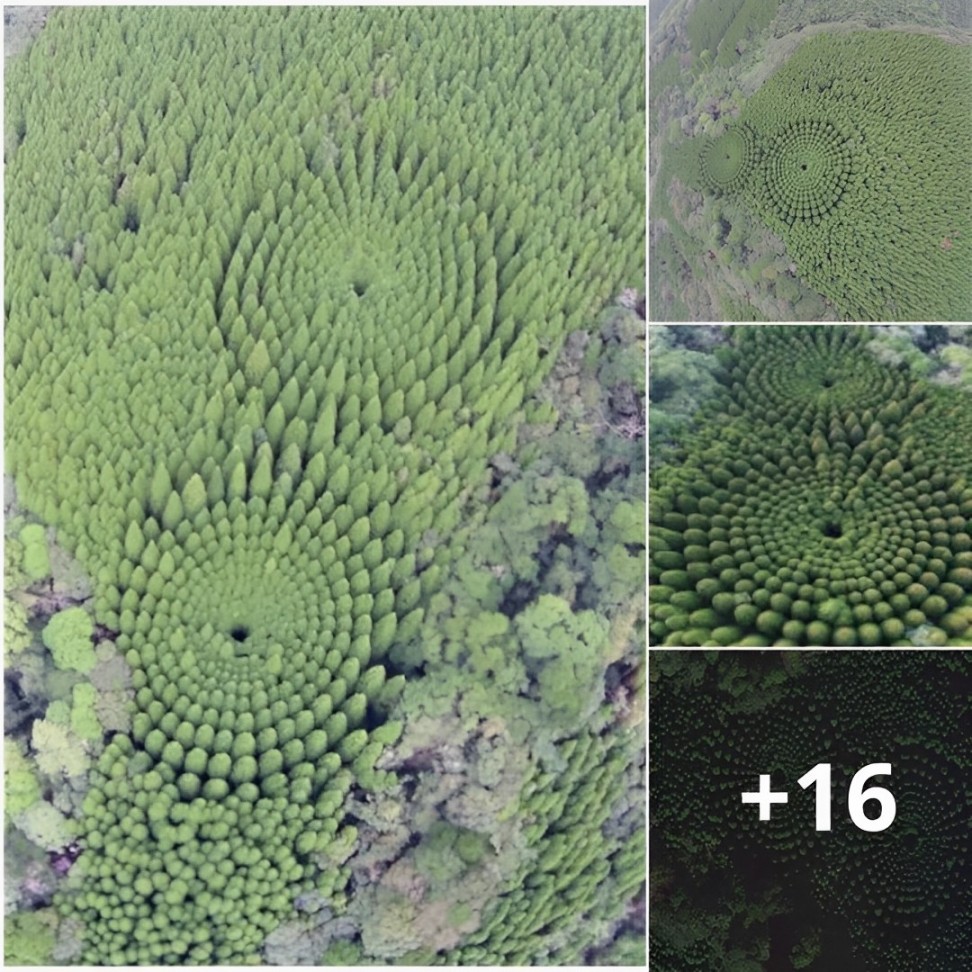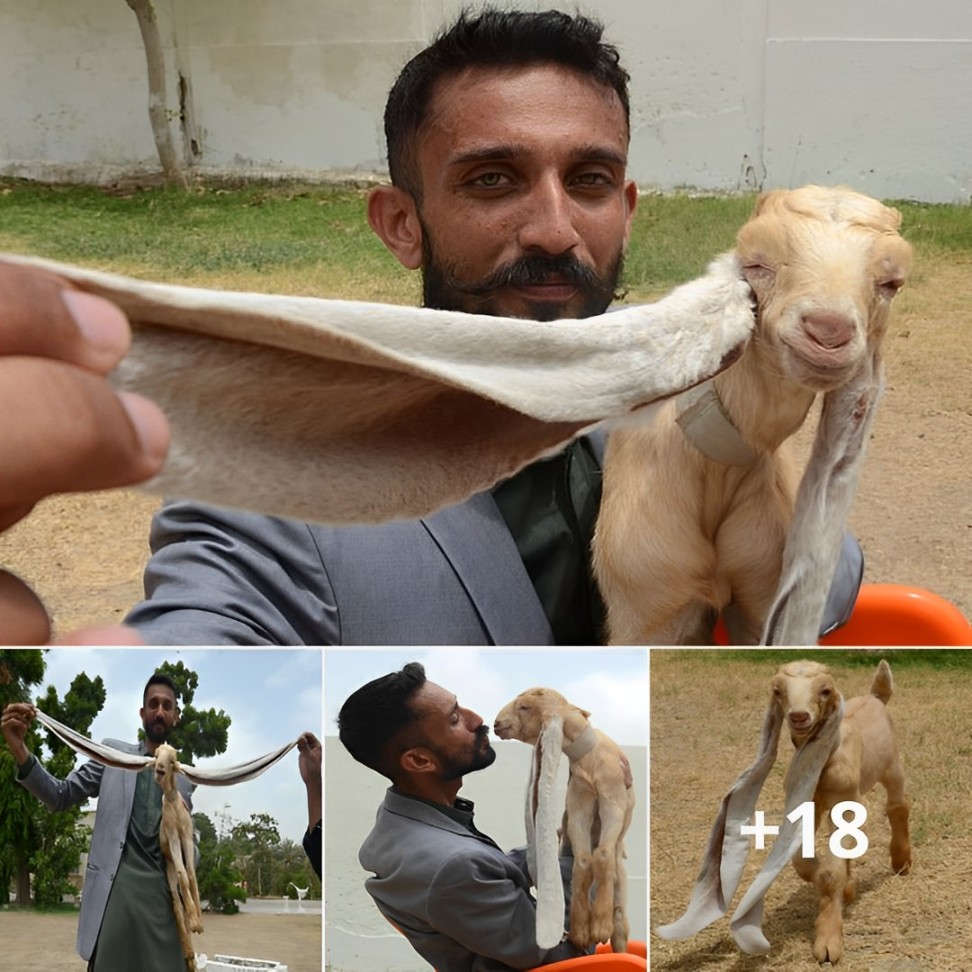This image recently went viral on social media with the caption “Flying lizards look like mini dragons.” And they really do. But they are also interesting for many other reasons.
 Draco taeniopterus. Image source: Reddit
Draco taeniopterus. Image source: Reddit
If you ever visit the forests of Southeast Asia, you might be lucky enough to spot a lizard that can glide from tree to tree using its own wings. No, this is not a mythical dragon, but a real animal that belongs to the genus Draco. Draco lizards are also known as flying dragons or gliding lizards – they were named after the mythical dragons by Carl Linnaeus, the father of modern taxonomy (he must have must have been a great fan of fairy tales).
Draco lizards are a group of more than 40 species of agamid lizards that are also known as flying lizards, flying dragons or gliding lizards. They are small, with a snout-vent length less than 8 cm (about 3 inches), and have a flattened body that is usually dull-colored, although their wings can be brightly colored (e.g., orange with black spots). They are arboreal insectivores, meaning they live on trees and feed on insects and other small invertebrates.
 Draco taeniopterus in flight. Image credit: Psumuseum
Draco taeniopterus in flight. Image credit: Psumuseum
But the most remarkable feature of Draco lizards is their ability to glide long distances using their wing-like, patagial membranes.
Here are some fun facts about Draco lizards’ flying abilities
Draco lizards can glide as far as 60 meters (200 feet) with a loss of only 10 meters (33 feet) in height. That’s like jumping from a 10-story building and landing on a 7-story building. Don’t try this at home though!
They also have a small flap on their neck that helps them stabilize their flight. It’s like a mini parachute that pops out when they need it.
Their hindlimbs are like the James Bond of the animal kingdom – sleek, streamlined, and ready to generate some serious lift. And their forelimbs aren’t just sitting around twiddling their thumbs either; oh no, they’re busy grabbing the front of the gliding membrane (patagium), thus creating a perfectly straight edge to their airfoil and making even birds jealous. And here’s the kicker: these little daredevils use those forelimbs to manipulate the patagium, pulling off mid-flight adjustments to the trajectory like the savviest of avian pilots.
 Takeoff and initial stages of gliding, showing the attachment of the forelimbs to the gliding membrane. Image credit: J. Maximilian Dehling
Takeoff and initial stages of gliding, showing the attachment of the forelimbs to the gliding membrane. Image credit: J. Maximilian Dehling
Draco lizards use their ribs to support their wings. When they are not flying, they fold their ribs and wings against their sides. Imagine if you could do that with your arms. You would never need a coat hanger again!
 Landing and folding the flying gear. Image credit: J. Maximilian Dehling
Landing and folding the flying gear. Image credit: J. Maximilian Dehling
Gliding is both used to escape predators, such as snakes and birds, and as the primary means of moving through their forest habitat. It also helps them find food and mates, as they can cover more area than by crawling on branches. Gliding is especially useful in areas where trees are sparse or fragmented by human activities.
More fun facts about the mini dragons
Draco lizards have some other interesting features besides their gliding ability. For example, they have a dorsal crest of enlarged scales that extends from the back of the head to the tail, but the largest scales occur on the head and neck. These crests may serve as display structures, as they can be raised or lowered depending on the mood or situation of the lizard.
The dewlap (throat flap) of males can be extended to show off their colors or attract females (beside assisting flying).
 Male Draco dussumieri displaying for females by extending his dewlap. Image credit: Somaskanda.2010
Male Draco dussumieri displaying for females by extending his dewlap. Image credit: Somaskanda.2010
Draco lizards are diurnal (active during the day) and territorial (defend their home range). They communicate with each other using visual signals, such as body postures, head movements, and color changes. They can also produce sounds by snapping their jaws or vibrating their throat.
They are oviparous (lay eggs) and usually lay two eggs at a time in a hole in the ground or in a tree hollow. The eggs hatch after about two months, and the young are independent from birth.
 Sulawesi Lined Gliding Lizard (Draco spilonotus). Image credit: A.S.Kono
Sulawesi Lined Gliding Lizard (Draco spilonotus). Image credit: A.S.Kono
Draco lizards are truly fascinating animals that deserve our respect and admiration. And maybe, just maybe, they are the closest thing we have to real dragons.





